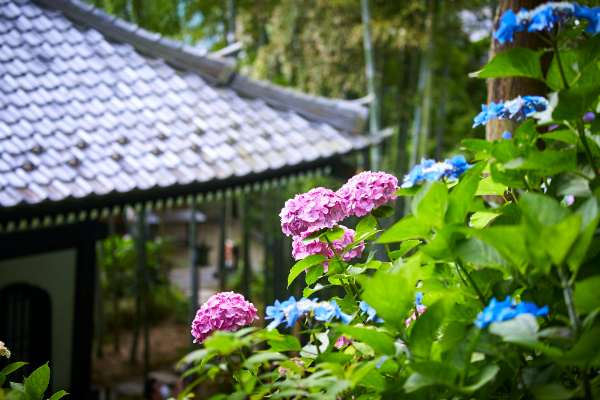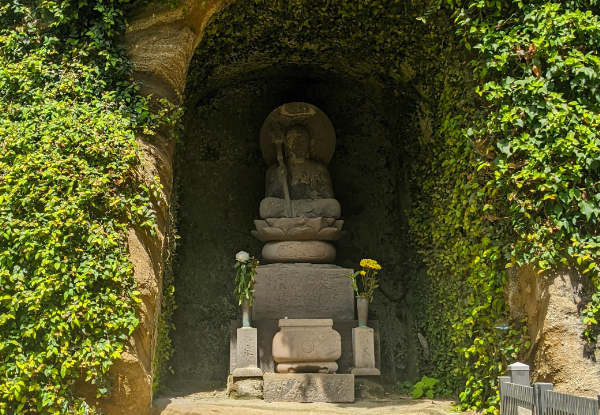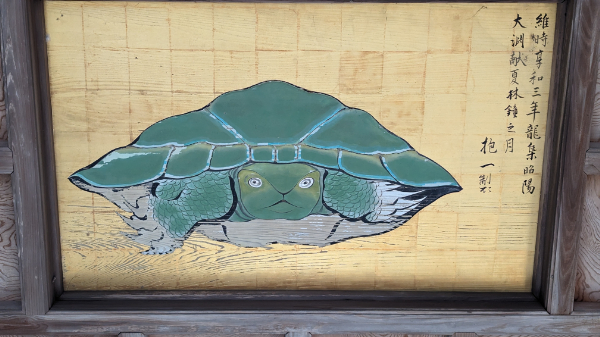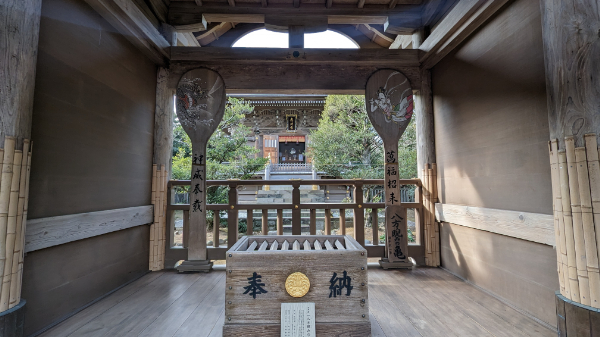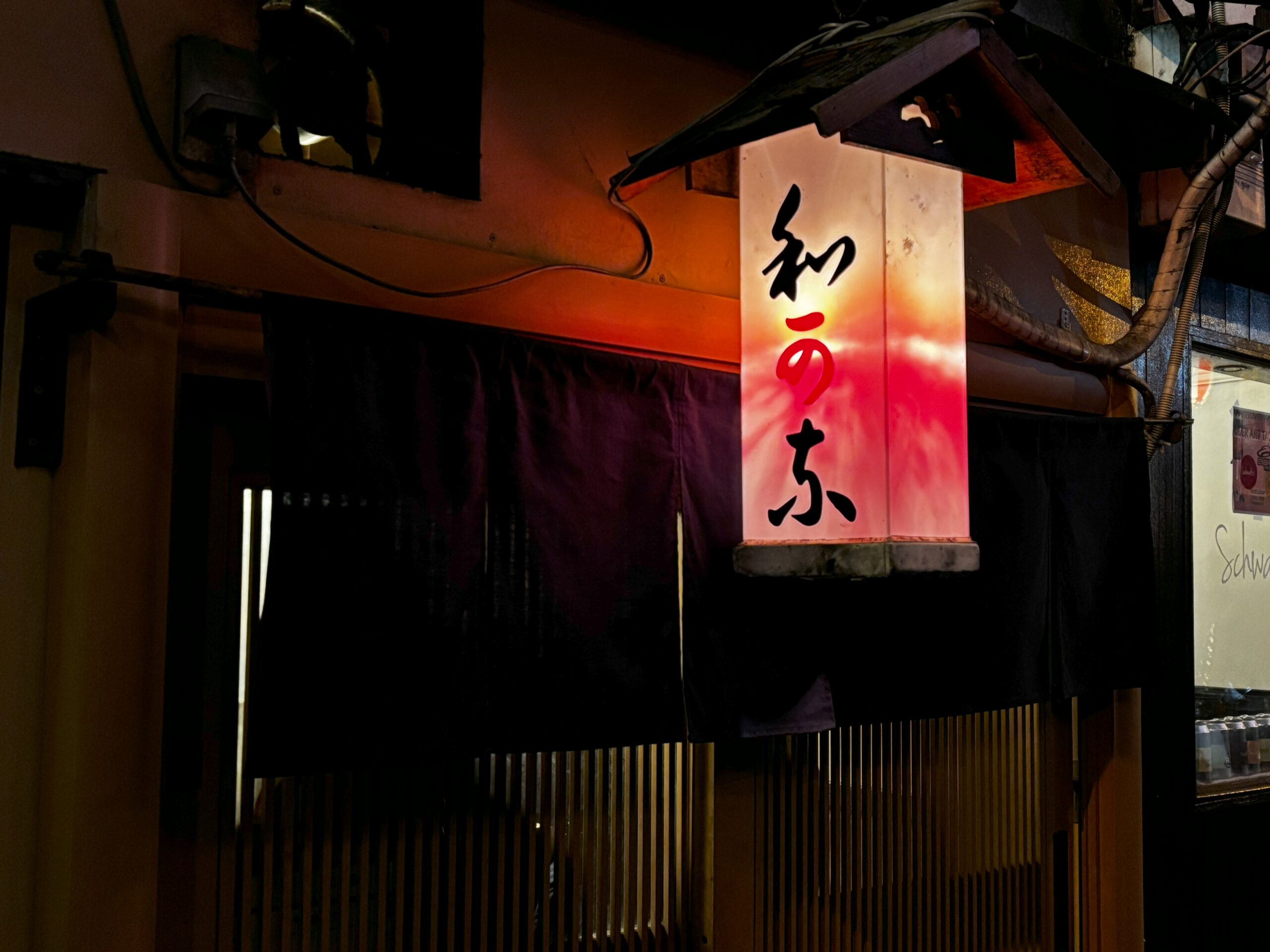Kamakura
Kamakura, once the seat of Japan’s first samurai government, invites you into a world where history breathes through every stone and cedar. Just a whisper away from Tokyo, its ancient streets and Zen temples offer a graceful retreat into the past. Stand before the Great Buddha, serene and towering, or wander the tranquil grounds of centuries-old temples shaped by the spirit of Zen.
Stroll along Komachi Street, where the aromas of street food mingle with the charm of handmade crafts. In Kamakura, the legacy of the samurai lives on in quiet strength and timeless beauty.

















